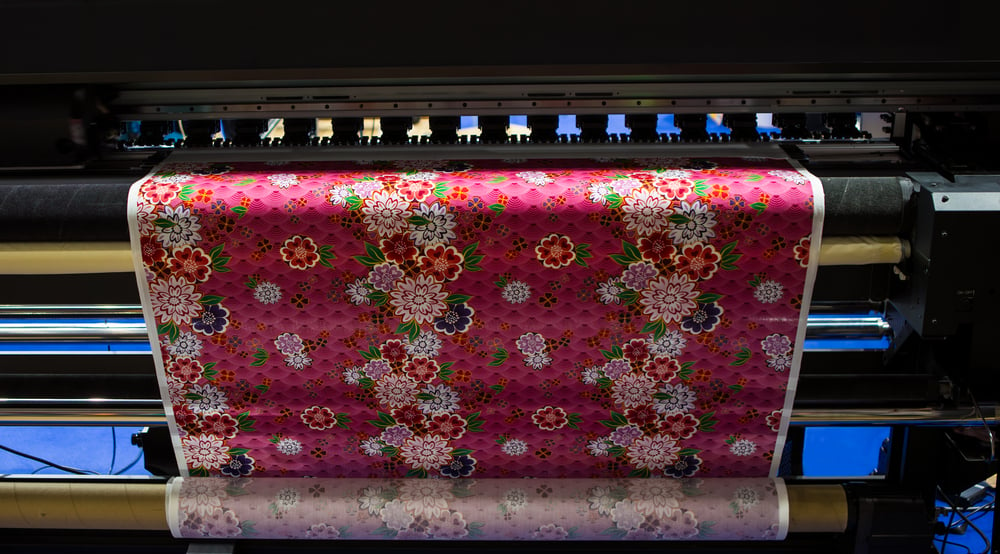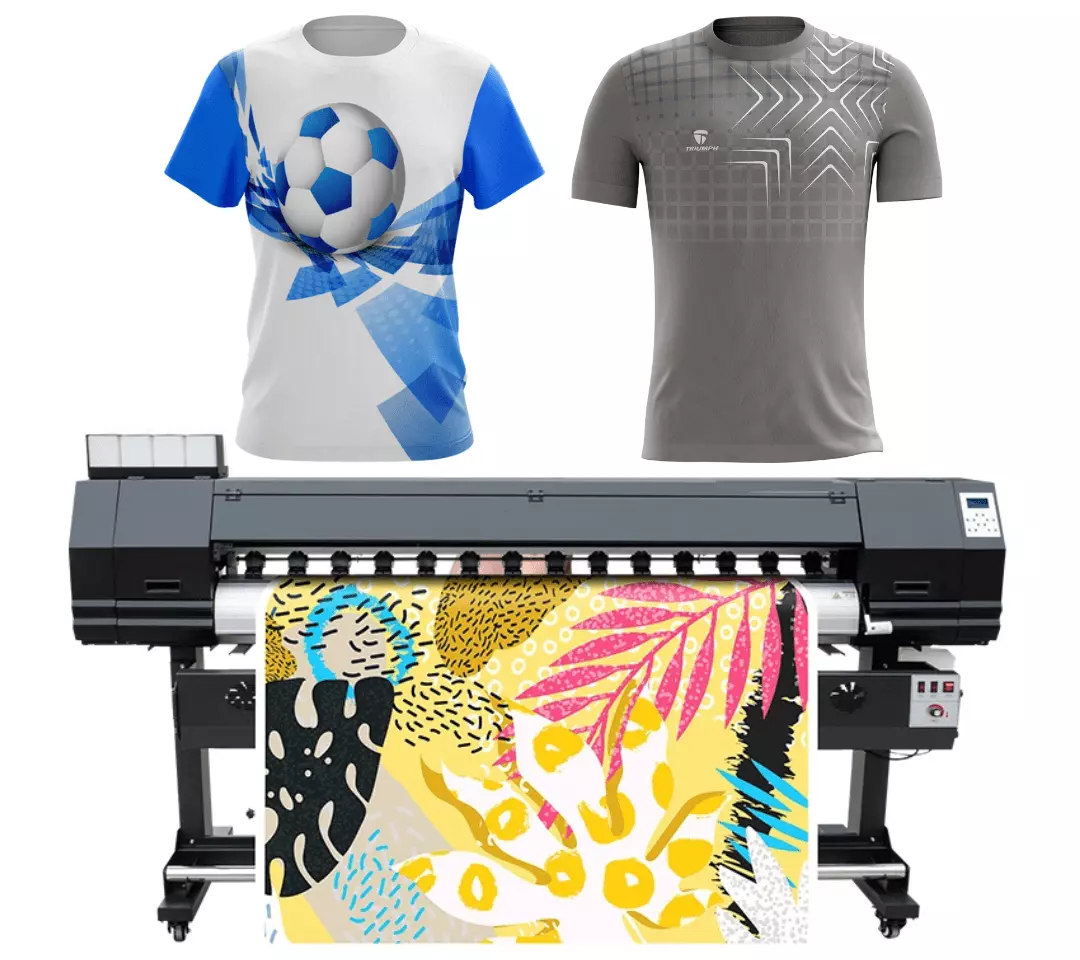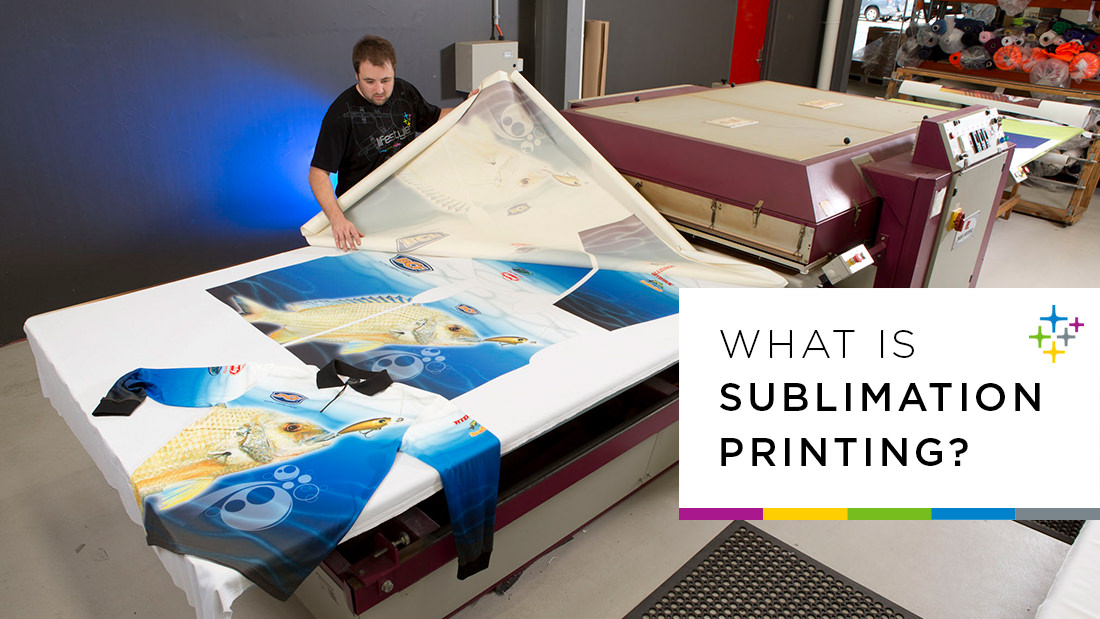How Screen Printing Transforms the Branded Clothing Industry
How Screen Printing Transforms the Branded Clothing Industry
Blog Article
The Rise of DTF Printing: Exploring Its Advantages and Applications
The introduction of Direct to Film (DTF) printing technology is changing the custom fashion industry, giving significant benefits and a vast array of applications. Its special ability to generate top quality, vivid prints on numerous materials without the requirement for pre-treatment considerably optimizes manufacturing procedures and boosts operational efficiency. DTF printing's adaptability to both small and large production runs makes it an eye-catching option for producing individualized products, such as sports group uniforms and corporate promotional product. As the hunger for customized goods remains to increase, understanding how DTF printing can satisfy these developing demands is progressively critical.

Understanding DTF Printing Innovation
Understanding DTF Printing Modern technology notes a substantial innovation in the fabric printing industry, especially for its flexibility and performance. Direct-to-Film (DTF) printing is a sophisticated procedure that includes printing designs onto special transfer movies, which are after that moved onto material making use of warmth and pressure. Unlike typical approaches, DTF printing does not call for pre-treatment of the textile, making it possible for an extra streamlined process.

Once cured, the movie is put onto the textile, and a warmth press transfers the layout by applying consistent warmth and pressure. This causes vivid, premium prints that adhere perfectly to various fabric types, consisting of cotton, polyester, and blends (Branded clothing). The technology's capability to create vibrant and detailed layouts with minimal setup makes it a game-changer in the textile printing sector
Secret Advantages of DTF Printing
One of the key advantages of DTF printing is its phenomenal versatility, which enables top quality prints on a wide variety of textile kinds. This capacity prolongs past typical cotton to include polyester, nylon, leather, and even blended fabrics, making it ideal for diverse textile applications. This adaptability decreases the requirement for several printing innovations, improving manufacturing procedures and decreasing general expenses.
An additional significant benefit is the premium print quality that DTF modern technology provides. By utilizing lively, durable inks and specific application methods, DTF prints maintain their shade integrity and sharpness even after countless laundries. This causes a product that not just looks expert yet also stands the examination of time, giving consistent worth to both makers and end-users.
Moreover, DTF printing uses a streamlined process, which can lead to enhanced efficiency and performance. Unlike standard methods such as screen printing, DTF does not call for complex setup or substantial drying times. This simplicity of usage makes it an attractive alternative for organizations of all sizes, enabling quicker turn-around times and the capacity to manage small to big manufacturing runs with very little inconvenience.
Applications in Personalized Apparel
In the realm of customized apparel, DTF printing stands apart as a game-changing innovation that makes it possible for producers and developers to generate bespoke clothes with unparalleled detail and high quality. Direct-to-film (DTF) printing has reinvented the custom-made fashion industry by using versatility in design, brilliant color reproduction, and longevity. This innovative technique permits intricate styles to be moved onto a broad selection of fabrics without compromising the stability of the material.
One significant application of DTF printing is in creating custom tee shirts, hoodies, and sports apparel. The capability to publish intricate graphics with fine details and slopes makes it optimal for customized clothing, such as group uniforms and advertising product. In addition, DTF printing is particularly beneficial for limited-run orders and one-off items, providing a cost-efficient and efficient service contrasted to conventional display printing methods.
In addition, DTF printing has actually opened brand-new methods for designer to experiment with distinct patterns and textures, allowing the creation of cutting-edge, avant-garde collections. This innovation additionally sustains tiny businesses and independent artists by lowering the obstacles to access in the custom garments market. Inevitably, DTF printing is improving the landscape of personalized apparel, combining imaginative index expression with technological development.
Versatility Across Different Materials
Structure on the innovations in personalized apparel, DTF printing's flexibility across various materials further enhances its charm. Unlike typical printing methods, DTF (Direct-to-Film) printing can be used to a substantial range of substrates, including cotton, polyester, blends, natural leather, and also difficult surfaces like wood and glass.
The capacity to publish on varied materials opens up many opportunities for businesses across various markets. For circumstances, in the marketing items sector, firms can tailor a large array of products, from carry bags and caps to cups and phone instances, all with the same printing innovation. In the fashion business, DTF printing enables designers to try out intricate patterns and lively shades on unique fabrics, pressing the borders of imagination.
In addition, DTF printing's compatibility with various products additionally converts to cost-efficiency and minimized waste, as suppliers can use the very same devices for multiple applications. This versatility not just widens the extent of item offerings however additionally boosts functional effectiveness.
Future Leads of DTF Printing
As the marketplace develops, the future potential customers of DTF printing are positioned to transform different markets via continuous advancement and technological improvements. The surge in demand for customized clothing and marketing goods is driving the need for much more efficient, versatile, and cost-effective printing approaches. DTF printing, with its capacity to generate top quality, sturdy prints on a wide variety of materials, stands at the forefront of this transformation.
Emerging trends indicate that DTF printing will increasingly incorporate go to my site with automation and AI technologies, improving manufacturing rate and reducing labor prices. Advanced software solutions will additionally optimize style accuracy, color matching, and print consistency, dealing with a few of the present restrictions. Furthermore, eco-friendly inks and recyclable transfer films are anticipated to get grip, lining up with international sustainability objectives.
As research study and advancement efforts proceed to expand, the range of DTF printing will likely widen, opening up new methods for industrial and creative applications. In recap, the future of DTF printing is brilliant, encouraging significant developments and more comprehensive market fostering.
Verdict

Recognizing DTF Printing Technology notes a significant advancement in the fabric printing market, specifically for its adaptability and effectiveness. Direct-to-Film (DTF) printing is an advanced process that involves printing designs onto special transfer movies, which are after that transferred onto material utilizing warmth and stress. DTF printing is particularly advantageous for one-off pieces and limited-run orders, go offering a efficient and cost-effective option compared to conventional display printing methods.
Unlike typical printing methods, DTF (Direct-to-Film) printing can be used to a substantial range of substratums, including cotton, polyester, blends, natural leather, and even hard surface areas like wood and glass.DTF printing innovation is transforming the custom-made garments sector by offering reliable, cost-effective, and flexible options for creating vivid designs on numerous textiles without pre-treatment.
Report this page